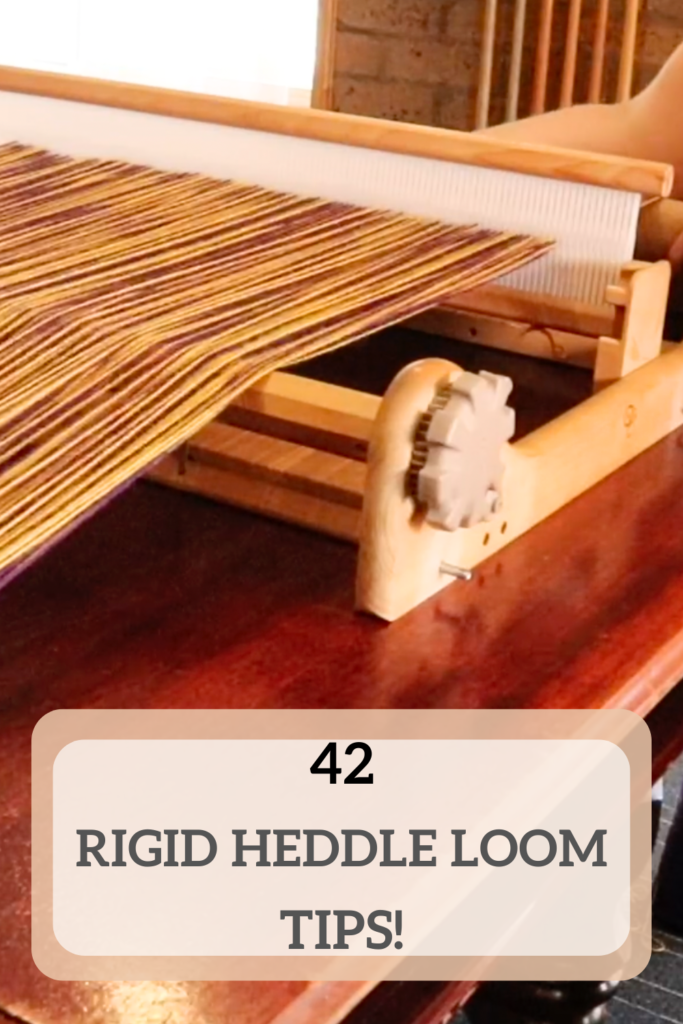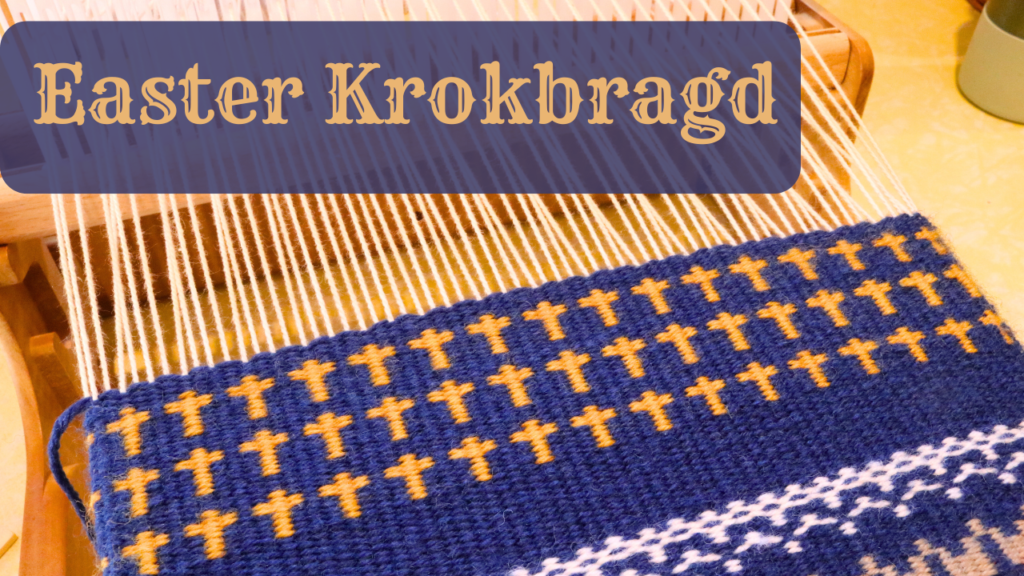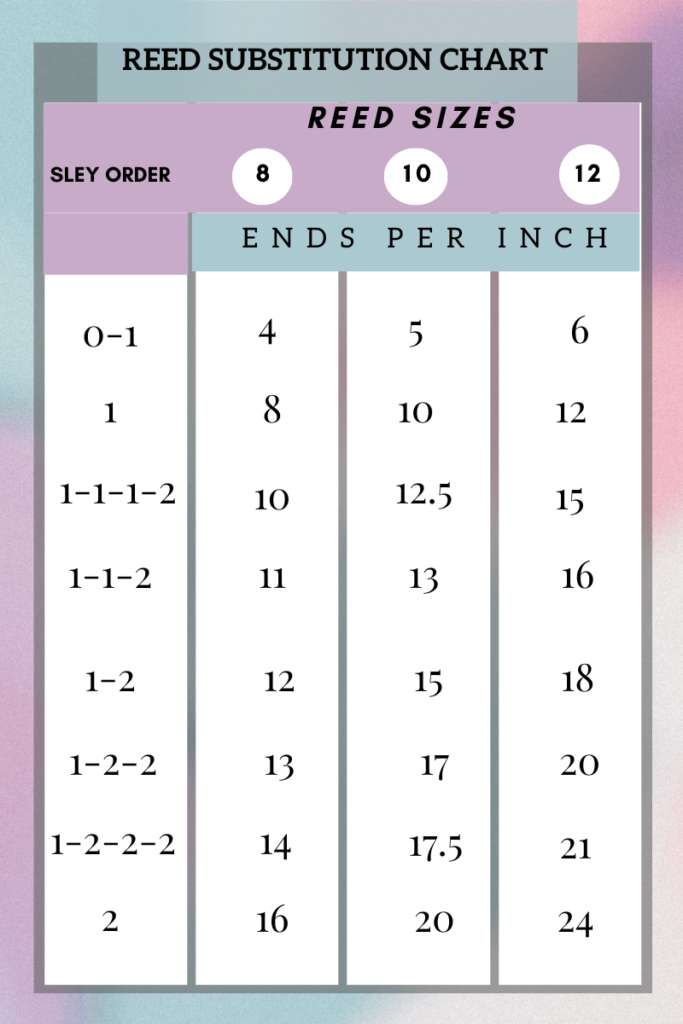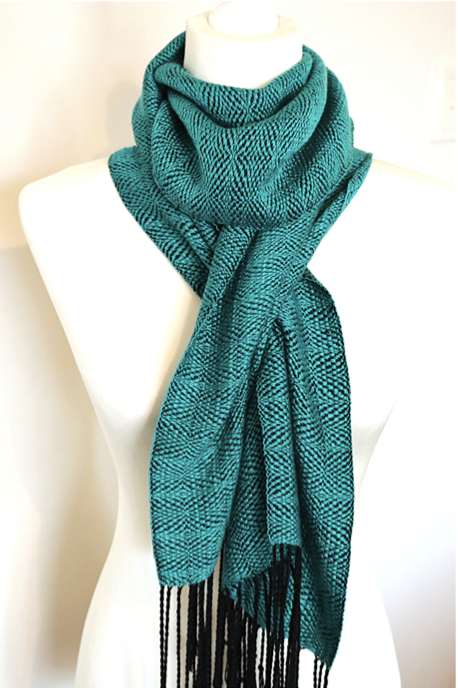Rock cakes are a firm favourite in our family, a recipe that I come back to over and over. If you’ve never heard of a rock cake, the way I make them is like a muffin but more buttery and substantial.
They are quick to make, use relatively few ingredients and are pretty healthy. They could be made healthier with wholemeal flour and a sugar substitute, but I’m happy to serve these to my kids as they are, knowing that they are fresh, home baked with no additives or preservatives 🙂

Our kids love to eat them warm from the oven, tops sliced off and spread with butter that melts in. They also love to top them with jam and cream (especially if the jam is home made!)

Rock cakes also freeze beautifully, so I usually make a double batch and freeze half.
The recipe below makes approximately 9 large rock cakes.

Ingredients
Method
- Preheat oven to 190C and prepare a muffin tin with muffin patty pans. It helps to grease the top of the tray very lightly to prevent sticking.
- Sift flour, salt and spices into a large bowl. Add the chopped butter and rub into the flour until it resembles breadcrumbs. This step can be done in a food processor if you’re feeling lazy (but then you have to wash the food processor bowl, so not worth the trouble to me!) .
- Stir in the sugar and dried fruits. Add the egg and some of your milk and start mixing. You’re going for a thick, sticky batter, not dry at all.
- When thoroughly mixed, spoon the batter into the patty pans, filling about 3/4 of the way. This will give you a large cake that doesn’t spill over the edge of the tin too much.
- Sprinkle the tops of the batter with raw sugar (this is optional). Bake for around 18 minutes or until the tops are golden.
I hope your family enjoys these rock cakes as a snack or dessert!

































